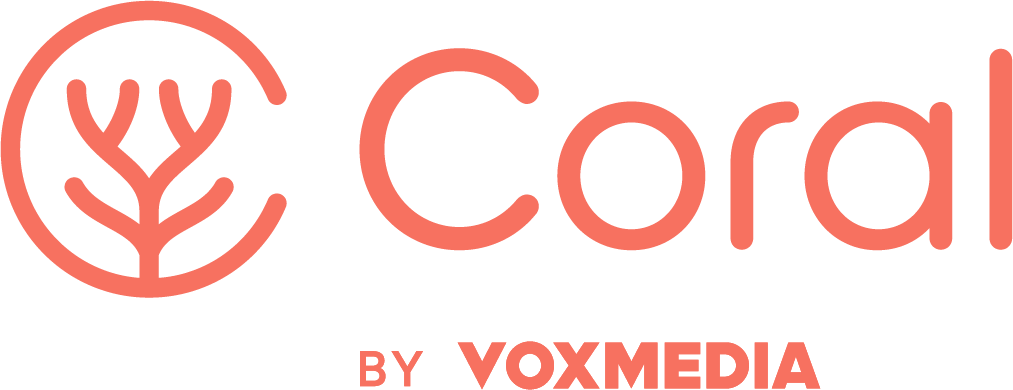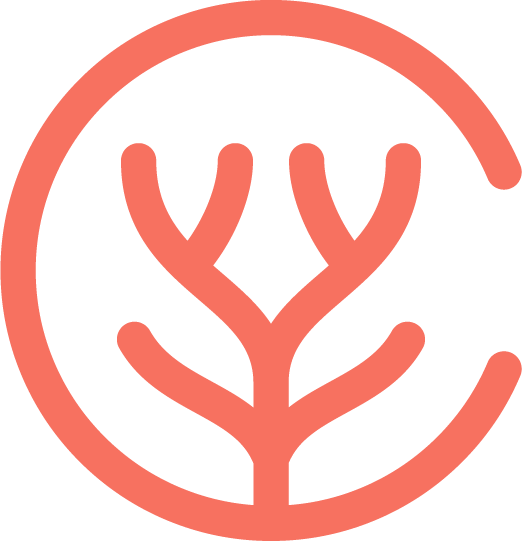By Marie Connelly
Hi, I’m Marie Connelly. I’m the community manager for…
This is how I’ve introduced myself in most professional situations since 2007. I’m currently a community manager on the product team at Vox Media, but before that, I spent about eight years building online health communities, first for patients here in the US, and then for healthcare professionals around the world.
In those eight years, I’ve learned that building community means intentionally creating a culture, every step of the way. Here’s what I wish I’d known when I was getting started:
People over platforms
At the core, online communities come down to two things: people, and technology. You can’t have a community without a place for them to come together, but a platform without people is a ghost town. You need both.
As an industry, however, we’ve mostly focused on the technology side of things, buying into the notion that if we build it, they will come. The way I see it though, your platform is table stakes. It’s what gets you in the game, but people will make or break your community.
Having a great platform might attract people to your community, but that’s just the starting point, not the end game. To keep people coming back to your community, you have to think holistically about the space you’re building, and what your members are trying to accomplish by visiting.
Take time to listen
People skip this step because it’s harder than it sounds, and it’s not the kind of thing that gets easier if you throw a bunch of people or money at it. Interviews, user research, competitive analysis all help a ton, but some of knowledge you need will only come with time spent with your community. You can’t grok overnight who the people are in your community, how they interact with one another, and what their motivation is for being in this space in the first place.
In health care, I learned that patients and providers look for similar things online, but their primary motivations for joining communities are often different. Patients typically came to the web looking for the kind of support they can only receive from other people who get it, people who are living what they’re living. It was not uncommon to hear people talk about the community being a transformative force in their lives. People living with type 1 diabetes, for instance, would often share that the T1D community, which is incredible active and spans a constellation of platforms across the web, was the first place they’d ever met another person living with type 1 diabetes.
When I began building communities for health care professionals, things were a bit different. Providers were primarily looking for information and connections that didn’t lend themselves to Google searches. For instance, during the Ebola response effort, members wanted to know what other providers were seeing in West Africa and how they could help; they wanted guidance on creating robust electronic health records for patients that might not have anything like a Social Security number, a record of their birthday, or in some cases, fingerprints.
Primary motivators are, of course, rarely the only factor that drives your members online. There were many times when patients sought crucial information, and providers found themselves in need of support. Understanding what brings your members to the web, and why they’re seeking out community at all, will put you on the right track to creating a space on the web that actually meets their needs.
Bake the culture into your platform
Your platform contains countless opportunities for nudging members to engage in ways that will help them get the most out of the community. Before they interact with another human being, they’re going to be interacting with the platform itself, so some context before those first contributions can go a long way toward setting the right tone.
The folks here at The Coral Project have done a great job of that in their community with a message that says:
We aim to create a safe and sustainable environment for discussion. That means:
• Be supportive of each other
• Criticize ideas, not people
• Flag bad behavior
• Follow the rulesThe best contributions will be featured on the site and in our newsletter.
Click here to read our community guidelines and harassment policy.
They’ve told everyone right up front how to participate in the most useful way, let us know that valuable contributions will be recognized, and given us an opportunity to learn more about the rules before we cross any lines.
The social media platform Peach, also has some nice default signals built in. When you go to leave a comment on a friend’s post, the text field tells you: Say something nice. It’s part of the cute voice of the platform overall, but it’s also a pretty clear directive on how to interact with others in this space.
Create community guidelines and enforce them
It’s hard to overstate the importance of community guidelines. Don’t bury yours in legalese. Make it clear to people what the boundaries are in your community, and stand by them. This will make you, or your community, less popular with people who like to push boundaries. That’s a feature, not a bug.
Each community has it’s own tolerance for conflict and debate. I found that patient communities generally wanted less conflict (which makes sense given that many members start out seeking support), and that providers were okay with a bit more of it (which makes sense if you’ve ever interacted with the health care system.)
A few years back, I publicly closed a contentious discussion in one of the communities I managed. Everyone involved was upset. Some of the contributors vowed to leave the community for good. I was not beloved on that particular day.
Afterward, we received an influx of messages from members thanking us for ending the discussion. They didn’t want to be a part of a community where people were fighting all the time, but had been afraid to speak up in the discussion, lest they get dragged into the fray. In letting the conversation carry on as long as it had, we’d put the community as a whole at risk. The ongoing debate had left members feeling like it wasn’t a place where they could build relationships with each other.
Encourage strong contributions
Modeling community behavior is one of the most important things community managers can do. It sets community norms; with every post, every interaction, you’re showing members what kinds of contributions are valuable to the community, and intentionally building a community culture.
Whether you’re working as a solo community manager, or with a team of moderators, start by creating the kind of contributions you want to see in the community. Reach out to people whose perspectives you and your community value, and encourage them to contribute in similar ways. When people come to your community for the first time, they’ll see lots of examples to help them answer the question, “So what do I do here?”
When community members share great contributions, thank them for it. Put their discussion on the front page, like it, tweet it out, use whatever tools are at your disposal to show that member that their contribution has value. Everyone likes to feel appreciated, and these seemingly small actions cover a lot of ground: you’re thanking someone for spending their time enriching your corner of the web, you’re showing current and future members what a valuable contribution looks like, and you’re setting a community norm where people voice appreciation for the contributions of their fellow members.
***
One common misconception I’ve seen over the years is that the community manager’s job is, basically, to make a lot of friends on behalf of their organization. In my experience, the job is really about creating a place that helps people build relationships with each other. Having individual relationships with many members can obviously make facilitating those relationships easier, but it’s not the goal.
The end game is so much bigger. Since I started working on the web, I’ve seen patients become incredible advocates for themselves and their communities; I’ve seen caregivers find support during some of the hardest times in their lives; I’ve seen doctors and nurses share their first-hand accounts of their efforts to stop the Ebola epidemic, so that more people might be saved.
I know that what I’ve seen is just the tip of the iceberg, and that smart, thoughtful, and kind discourse on the web is absolutely possible. It’s not easy, but creating a culture never is.
Marie Connelly is a community manager on the product team at Vox Media. She believes in asking questions, reading the comments, and the restorative power of handclaps.
Photograph by Sydette Harry


